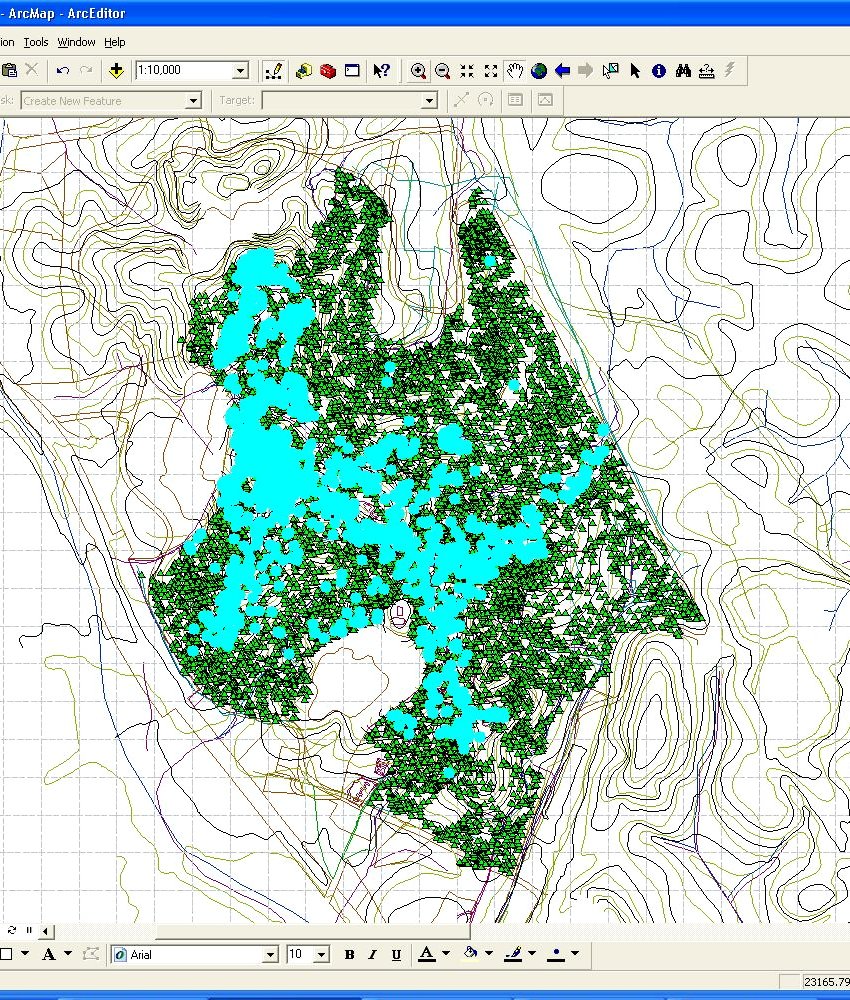The survey took almost 2.5 years in the 164-ha BTNR. A total of ca. 140-ha continuous, closed-canopy forest is covered with the 10,200 trees we tagged, measured, mapped, and identified. About 410 morphospecies were recorded, which includes several new records for Singapore as well as BTNR, and numerous rediscovery of extinct species. It's always rather tricky in claiming new records in plants, especially when only sterile specimens are available (herbarium normally takes only fertile specimens, of which records are officially recognised). However, almost all our new records are quite distinctive even in sterile specimens, and certainly I'll work hard to collect, deposit in herbarium, and then report. I also hope that the DNA barcoding of trees will also help me confirm the identification.
This survey is unique and significant in many ways:
- It could possibly be the largest forest tree survey block (not really a plot since it's not square) in the world (one survey in Costa Rica covered 150 ha but only survey six tree species in all size classes, cf. Clark & Clark 1992)
- This complete inventory of all canopy trees not only reveals the actual floristic composition and stand structure of BTNR (suggested in the many great works by Drs. R. Corlett and I. Turner), but also serves as a great tool in understanding the dynamics of a fragmented forest, through long term monitoring (most studies on forest fragments were done in Amazon on many 1-ha or smaller plots, cf. most works by Dr. W. Laurance)
- The map stored in ArcGIS is useful in identifying critical areas for better management and conservation, as well as for collaborative study in the future. Scientists who wish to locate trees of any particular species can extract easily from the GIS database, e.g. Dr. Koichi Kamiya who is now studying the population genetics of Shorea.
- The data will be integrated with the previous two 2-ha Forest Dynamics Plots (FDP) in BTNR, and stored in a relational database (Open Office Base). This HSQL database will then be part of the global CTFS FDP plots database (MySQL).

No comments:
Post a Comment